What Are The Types of Light Switches in Singapore?

In Singapore, the types of light switches are diverse and designed to accommodate various functionalities and preferences. These include the traditional wired light switch, which directly controls the lighting circuit, and the more complex circuit breaker, which offers protection by automatically turning off in a fault condition.
Modern innovations such as wireless light switch and connected light options allow for remote control, adding convenience without the need for additional wiring.
For those seeking to adjust the ambiance, a dimmable light switch offers the ability to change light intensity. Additionally, these switches can be integrated with other systems via electrical outlets, expanding their range of use.
Whether installed on the wall or designed to blend with modern decor, light switches in Singapore cater to a broad spectrum of needs, ensuring that lighting control remains both functional and stylish.

What are the types of electrical switches used in the home?
The types of electrical switches used in the home are varied, ranging from the basic single pole switch, designed for simple on-off functionality, to more complex systems like the double pole switch, dimmer switches, two-way light switches, three-way light switches, and four-way light switches.
Each serves its unique purpose, from controlling a single light fixture to managing lighting across multiple rooms.
Smart switches and motion sensor light switches represent the technological advancement in this domain, offering features like automation, remote control through user devices, compatibility with voice commands via Google Assistant, and the ability to adjust brightness levels to suit the ambiance of a room.
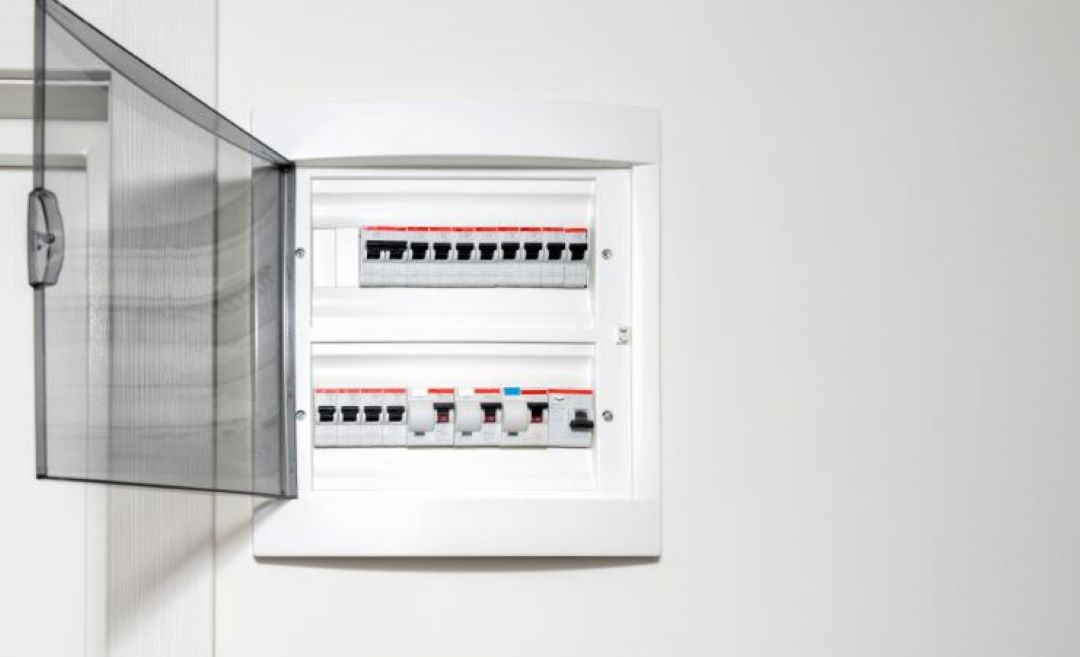
These switches can be wired into the home's electrical panel, ensuring a reliable electrical connection.
Dimmer switches, for instance, allow for the adjustment of light output to create the perfect atmosphere, and are compatible with various types of bulbs, including LED and CFL bulbs.
The installation of these switches can be tailored to control specific devices or to provide circuit control for an entire area, enhancing convenience and energy efficiency.
Now, you can make your home smart by using smart switches to manage electricity flow and hook it up with other gadgets like a TP-Link or Philips LED Light Hues or LED Strips.
The functionality extends beyond mere illumination, integrating with the home's circuit breaker and electrical outlets for a complete, controlled lighting system.
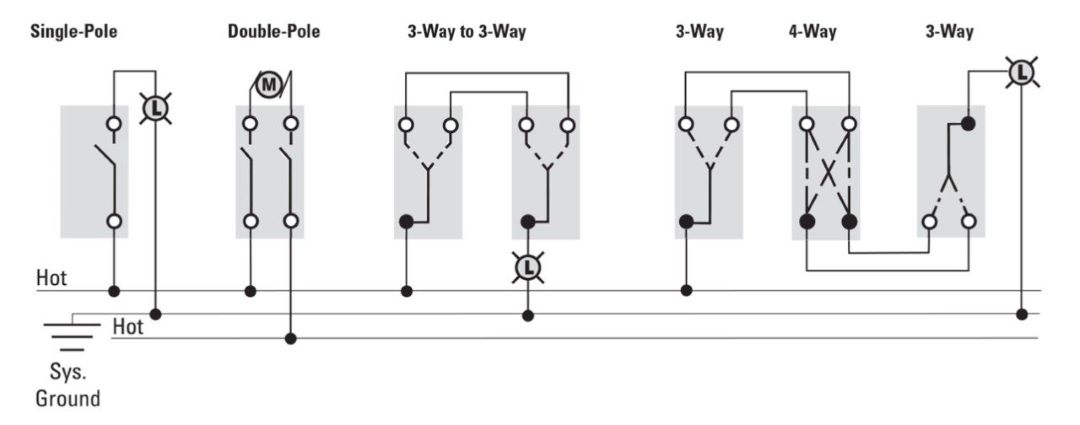
Single Pole Switch
The single pole switch is one of the most common types of switches found in homes. It allows the user to control a light from one location.
The single pole switch has two terminals, where one is connected to the incoming hot/live wire (black or brown) and the other is connected to the wire leading to the lighting fixture. It does not require a neutral wire (white wire) for its operation.
When the switch is turned on, it completes the circuit, allowing electricity to flow from the electrical outlet to the light. Conversely, flipping the switch off breaks the circuit, cutting off the power and extinguishing the light.
Single pole switches are ideal for controlling a single light or a group of connected lights from one location within a room.

Double Pole Switch
A double pole switch is designed to control circuits more comprehensively than its single pole counterpart, effectively managing two independent circuits or a 240-volt appliance from one location.
This type of switch has four terminal screws, two for incoming hot wires and two for outgoing hot wires, allowing it to interrupt or connect the electrical flow in both circuits simultaneously.
The double pole switches operate similarly to two single pole switches controlled by a single mechanism, hence it can handle a double circuit for devices that require a higher power rating or for complete isolation of a device from the electrical system.
The neutral wire (white wire) is usually necessary in the circuit wiring that connects to a double pole switch, ensuring safety and efficiency in its operation.
An effective safety feature of the double pole switch is its ability to cut off current flow entirely, making it particularly suitable for high-powered devices.
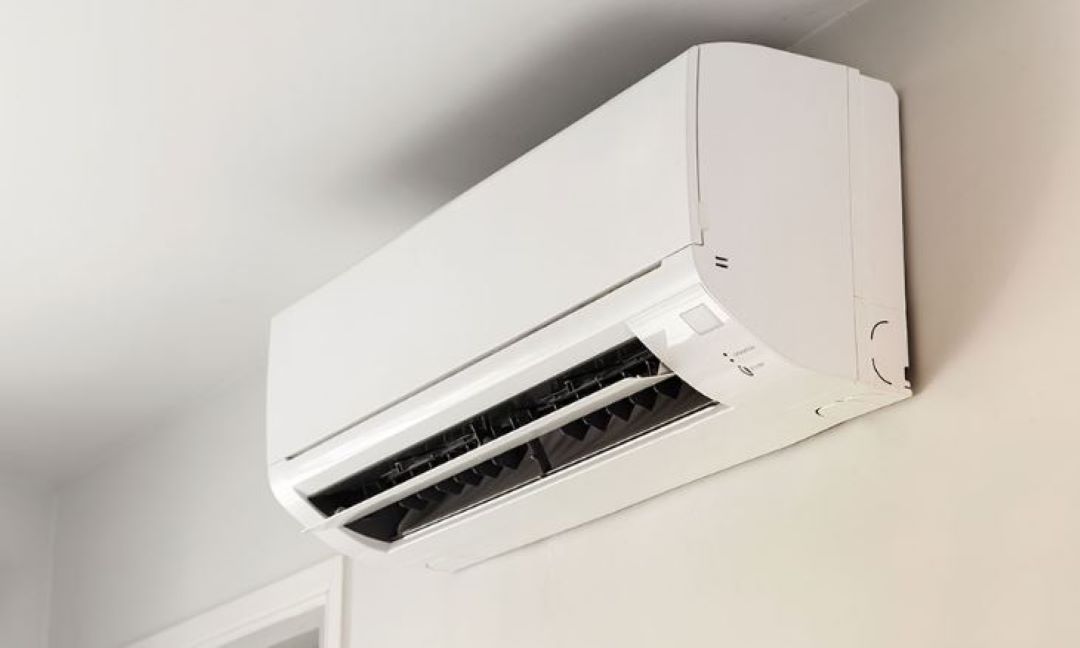
In a household, double pole switches can be used to control large appliances like central air conditioning units, water heaters, or workshops equipped with power-hungry machinery.
By using a double pole switch for your water heater, you can ensure that the device is completely isolated from the electrical system for maintenance or emergency purposes, enhancing safety and convenience.
This type of switch is also utilized when a device requires a dedicated circuit for proper operation, as it offers a reliable means of controlling power flow to such appliances without affecting other devices connected to the home's electrical system.
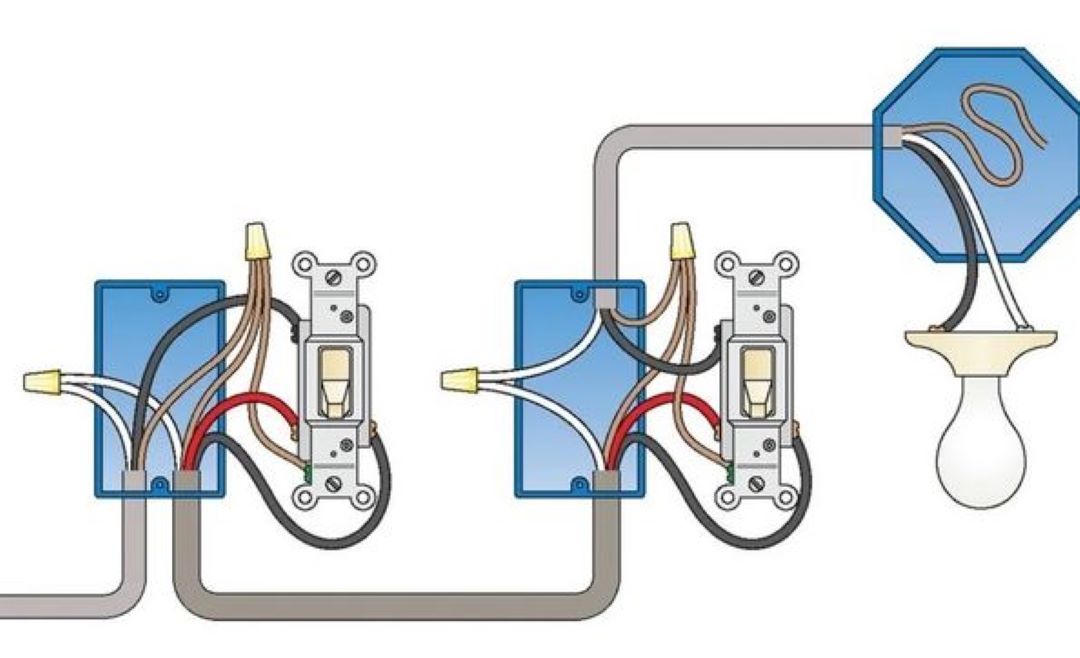
Two Way Light Switch
A two-way light switch allows for the control of a single light or group of lights from two different locations. This capability is particularly useful in large rooms, hallways, or staircases where access to a light switch at both ends can enhance convenience and safety.
Unlike a simple toggle switch which uses a lever that moves up and down, a two-way light switch consists of three terminals: a common terminal and two traveler terminals. The switch works by alternating the electrical connection between the common terminal and one of the two traveler terminals, thus controlling the current flow to the light.
For instance, you can install a two-way light switch or dual light switch system at both the top and bottom of a staircase. This setup allows you to turn on the light from the bottom when you start ascending and then turn it off from the top once you reach it, or vice versa.
This is achieved without the need to wire the light to a single switch located in a less convenient place. The wiring for a two way switch needs to ensure that the light bulb can be powered on or off from either switch, making it an efficient solution for controlling lighting in a household environment.
The use of a neutral wire (white wire) in the circuit is crucial for the safe operation of the two-way switch, ensuring that the light, and consequently the connected electrical device, can be controlled securely from either of the switches without disrupting the overall electrical system of the house.
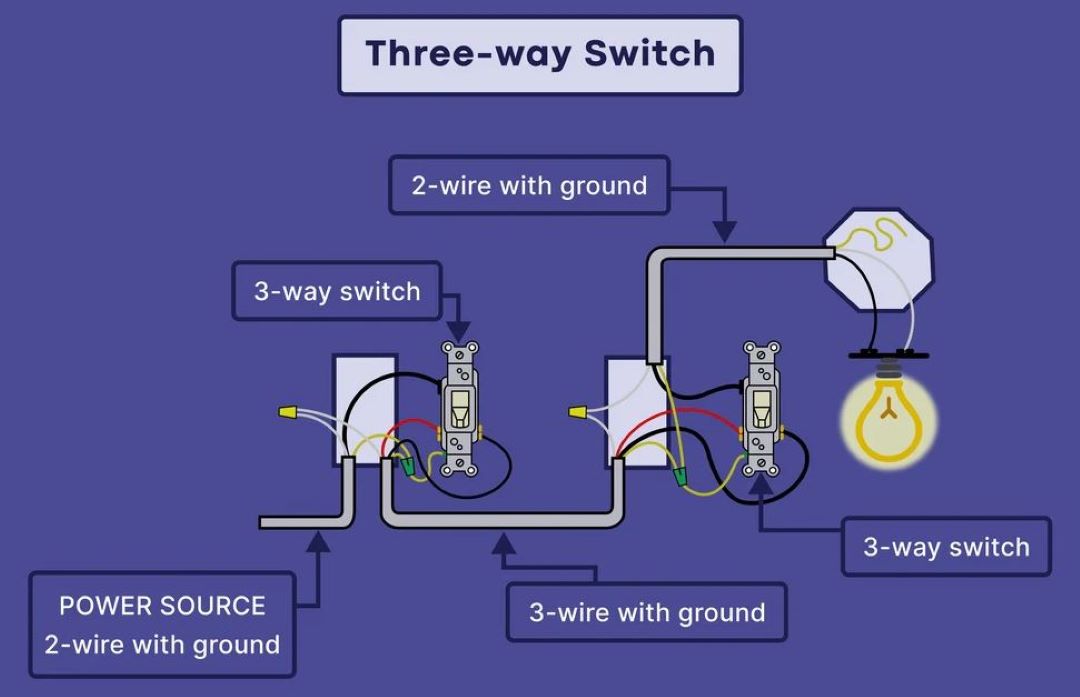
Three Way Light Switch
A three-way light switch expands upon the functionality of a two-way switch by allowing for the control of lights from three different locations.
This capability is essential in multi-level homes or large rooms with multiple entrances, providing unparalleled convenience and safety.
A three-way switch includes three terminals: a common terminal and two traveler terminals, similar to a two-way switch, but adds another dimension of control. It operates by changing the electrical connection between the common terminal and either one of the traveler terminals, thereby controlling the current flow to the light or connected device.
The unique aspect of a three-way switch is that it must be used in pairs or sets, meaning you need another three-way switch to complete the circuit and achieve the desired functionality.
Wiring for these switches involves more complexity, including a continuous loop of the travelers between switches, ensuring that the light bulb or connected device can be turned on or off from any switch in the set.
For example, in a large living room with entrances from the hallway, the kitchen, and the adjacent outdoor patio, three-way switches could be installed near each entryway.
This setup allows for the control of the main lighting from each location, so you could turn on the lights upon entering from the kitchen and then turn them off from the hallway when you leave, all without needing to backtrack.
This system relies on a mixture of wiring, including a neutral wire (white wire) for safe operation, ensuring that the lighting circuit remains functional and secure across different control points in the house.
The introduction of three-way switches into a home's electrical system enhances the usability and accessibility of lighting controls, making it an ideal solution for larger or more complex living spaces.

Four Way Light Switch
A four-way light switch functions as a middleman within a setup that includes two three-way switches, allowing for control of a light or connected device from three or more locations.
Unlike a three-way switch, which has three terminals (a common and two travelers), a four-way switch has four terminals for connecting wires.
This setup enables the switch to toggle the connection between the traveler wires, changing the direction of the current flow.
Essentially, when you activate the four-way switch (4 way light switch), it reroutes the electrical connection from one pathway to another, enabling or disabling the light or connected device.
In practical terms, if you have a room or hallway with entrances from multiple directions, incorporating a four-way switch into the circuit between two three-way switches offers a high level of convenience.

For instance, you could control the lighting from the basement, the kitchen entry, and the upstairs hallway. When you enter the basement with your hands full, you can easily turn on the connected light without having to traverse the stairs in the dark.
Similarly, before going to bed, you can turn off the same lights from the upstairs switch, ensuring that all connected lights are off without needing to check each switch location physically.
This versatility is crucial in multi-level homes or large rooms with multiple entry points, making the lighting system both efficient and adaptable.
With the correct wiring, including a continuous loop of travelers and a neutral wire (white wire) for safety, a four-way switch expands the range of control over the lighting circuit.
It introduces flexibility in how lights and other devices are managed, making it easier to control the ambience and utility of living spaces effectively.
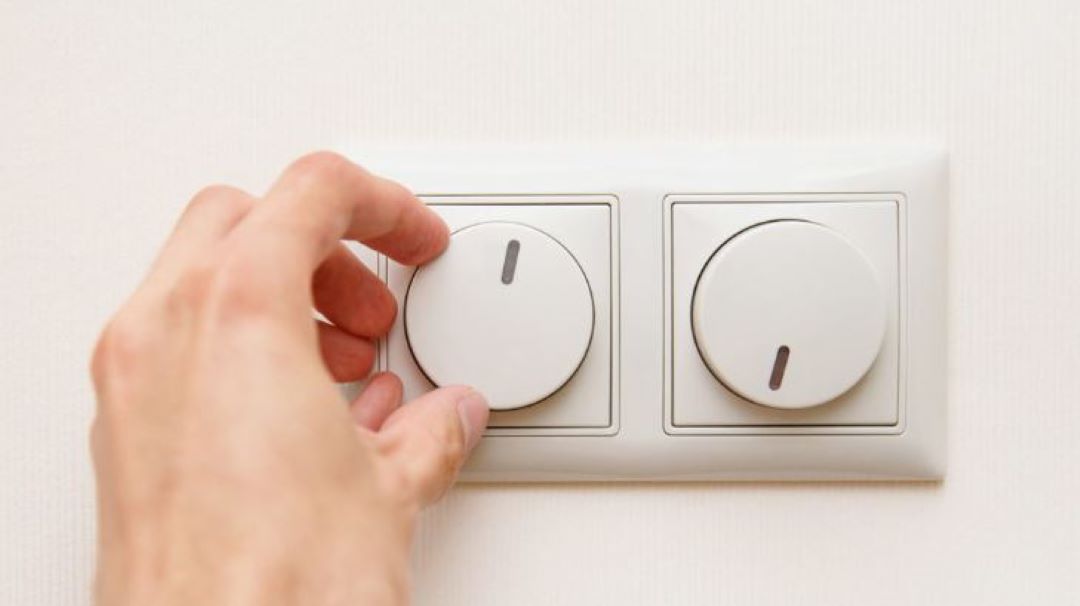
Dimmer Switches
Dimmer switches add a level of control to the lighting in your home that goes beyond the simple on and off functionality of traditional switches.
By incorporating a dimmer switch into your electrical setup, you can adjust the intensity of light in a room, creating the perfect ambiance for any occasion.
This functionality is achieved through the concealed wiring behind the wall, where the dimmer switch regulates the power flowing to the light.
The typical dimmer switch includes several types of control styles, ranging from rotary knobs to sliders and even touch-sensitive panels.
Some modern dimmers are designed to work as smart switches, enabling users to adjust lighting levels through wireless connections to smartphones or voice-controlled home automation systems.
For example, in a living room setup, a dimmer switch can allow you to lower the lights for a movie night, creating a theater-like experience, or brighten the space for reading.
This versatility makes dimmer switches a valuable addition to any room, providing both function and style.
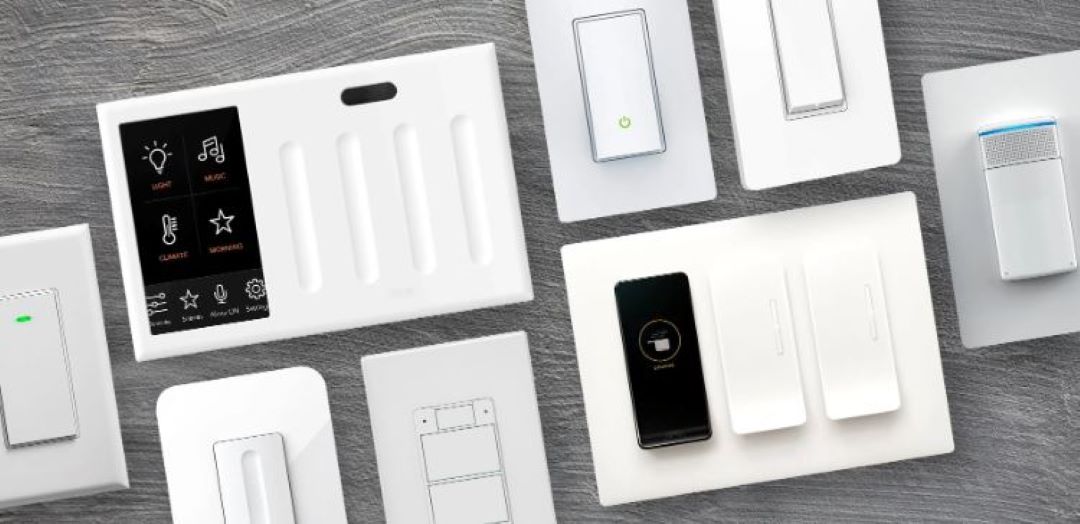
Smart Switch
Smart switches bring the traditional light switch into the connected age, allowing users to control lighting and sometimes other electrical outlets via wireless technology.
Essentially, a smart switch replaces your regular light switch but is connected to your home WiFi or a central hub, enabling it to be operated through a smartphone app, voice commands, or automation routines.
The wiring for a smart switch might require a neutral wire in the wall to function correctly, as this provides continuous power for the switch's wireless capabilities.
These switches can vary in style, from those that maintain a traditional toggle format to others that feature sleek, touch-sensitive panels.
Smart switches can control a wide range of devices beyond just lighting—anything that's connected to the electrical system, such as fans or appliances, can potentially be controlled.
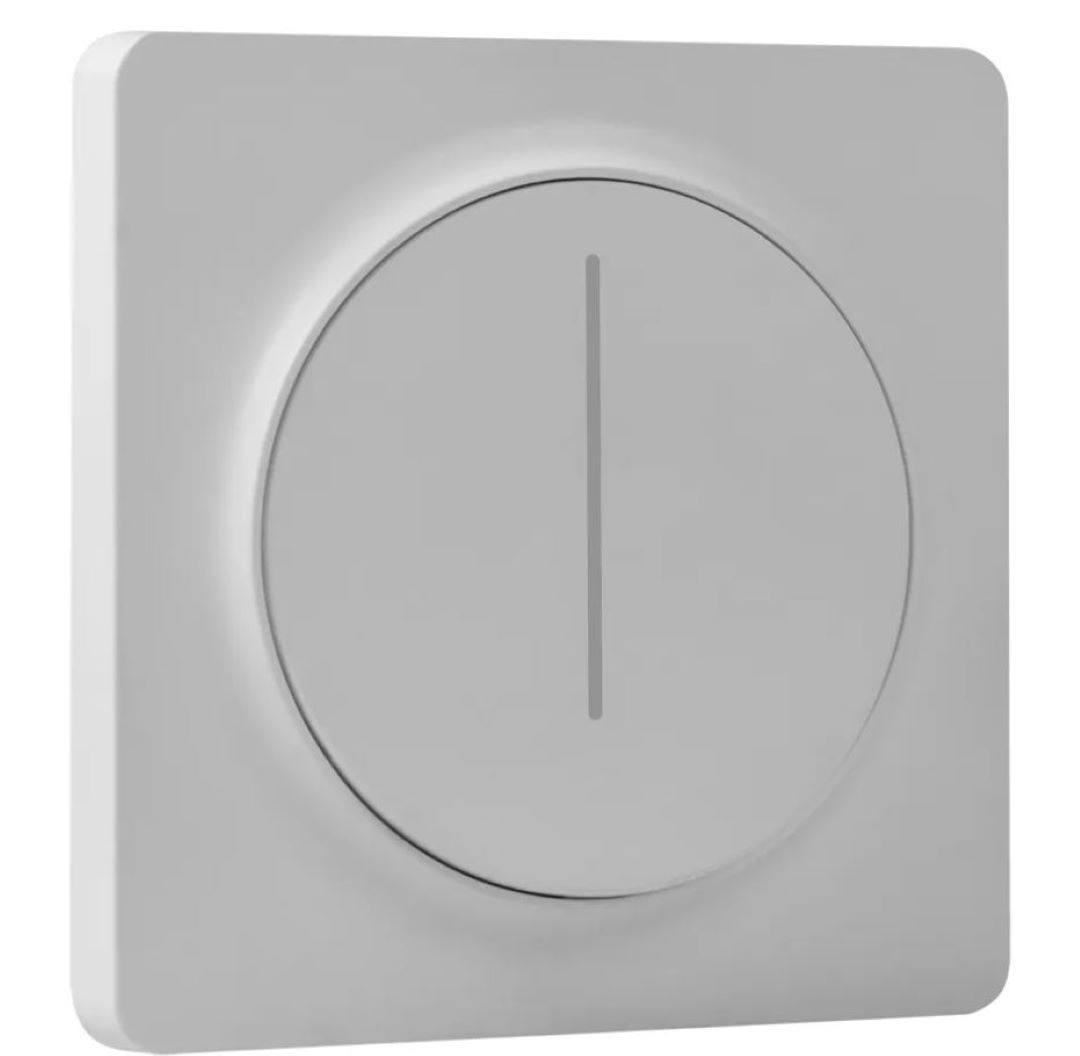
By integrating dimmer switches, users gain the ability not just to switch lights on and off but to adjust their intensity to suit various activities and moods within their homes. Cable and wiring behind the scenes connect the dimmer to the household's electrical system, while the user interacts with the dimmer's external control—be that a rotary knob, slider, or even a touch panel.
Advanced versions include sensors that adjust light levels based on the time of day or detected activity in a room.
In a practical setting, imagine using a dimmer switch in your dining room to create the perfect atmosphere for a romantic dinner, adjusting the lights to a soft glow without having to adjust multiple switches or deal with unwieldy candle arrangements.
This demonstrates how both dimmer and smart switches elevate the simple act of lighting our homes into something that can significantly impact the ambiance and functionality of our living spaces.
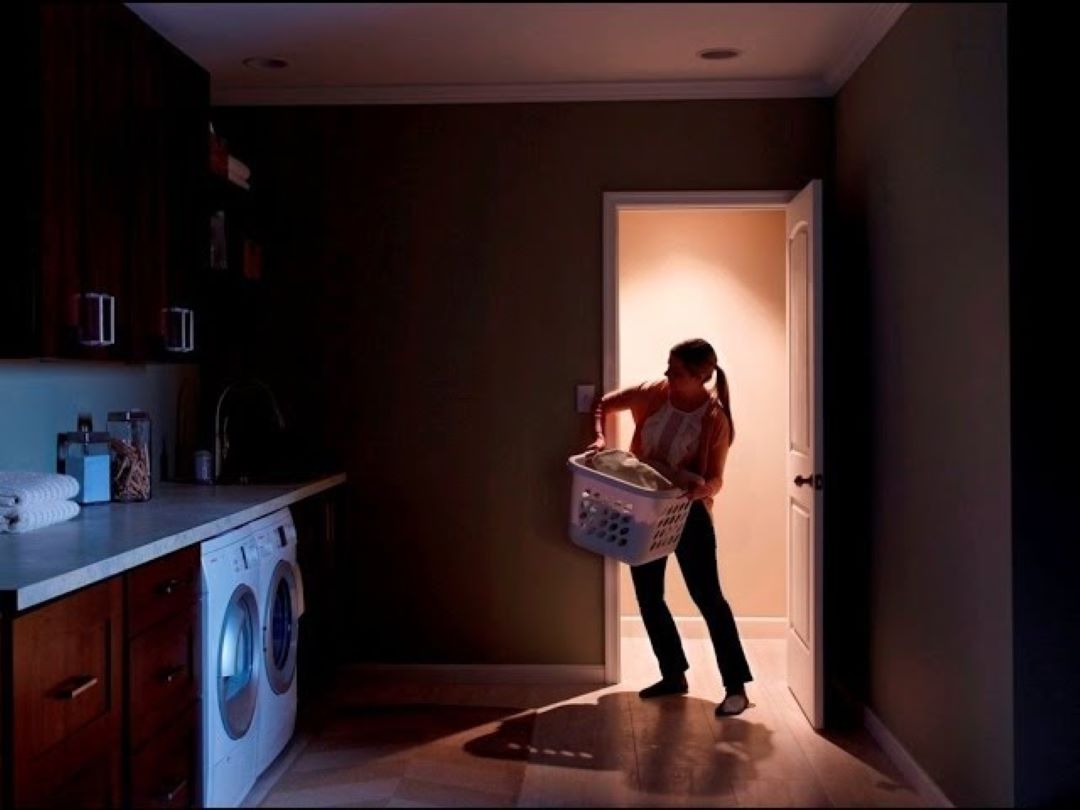
Motion Sensor Light Switch
Motion sensor light switches are a sophisticated form of smart switch technology that activates or deactivates lights based on detected movement within a range.
These switches use sensors to monitor activity in an area, turning the lights on when motion is detected and off when no movement is sensed for a preset duration, offering convenience and energy efficiency.
They can be wired directly into the home's electrical system and are compatible with various types of lighting. This functionality makes motion sensor switches an ideal choice for areas like hallways, bathrooms, or garages—places where hands-free operation is beneficial, and energy saving is paramount.
This highlights the practicality of combining smart technology with everyday tasks, where a simple motion can trigger a seamless action, making our living spaces more intuitive and responsive to our needs.
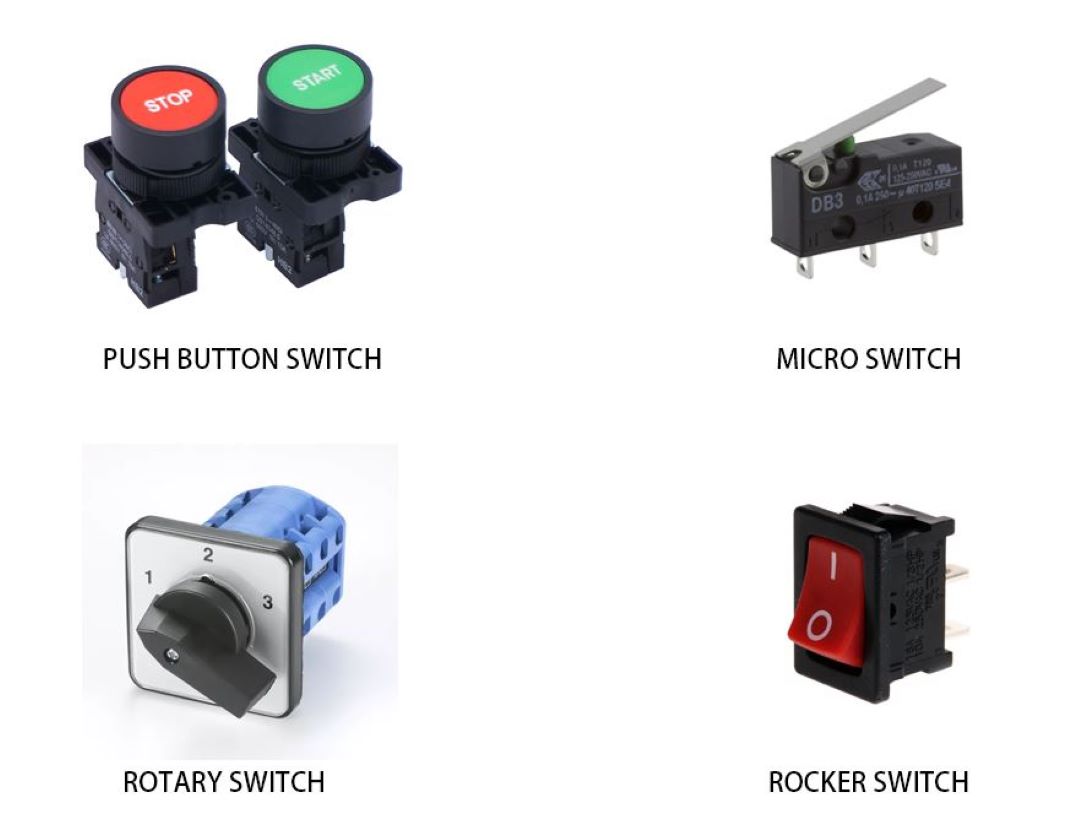
What are the 4 types of electrical switches?
The 4 types of electrical switches are namely the push button switch, micro switch, rotary switch, and rocker switch.
Each of these switches operates differently to control the electricity flow to devices, such as light fixtures, offering various levels of control and compatibility.
The push button switch, when pressed, completes an electrical circuit, allowing power to pass through and operate a device.
Micro switches, known for their reliability, are small, fast-acting switches that require minimal force to activate. They are commonly used where a quick and durable response is necessary.
Rotary switches allow the user to adjust settings by rotating a knob; they are ideal for controlling the level of light from a single light source or for adjusting volume on audio devices.
A rocker switch toggles back and forth to open or close a circuit. Rocker switch provides a user-friendly solution for controlling power to devices in a room.
Each type integrates with the circuit breaker or electrical panels and is designed to be wired to output terminals, making them compatible with various installation requirements, including those for LED lighting and smart home devices like TP link switches.
These switches not only offer ease of installation but also ensure the controlled use of electricity, enhancing user experience and safety.
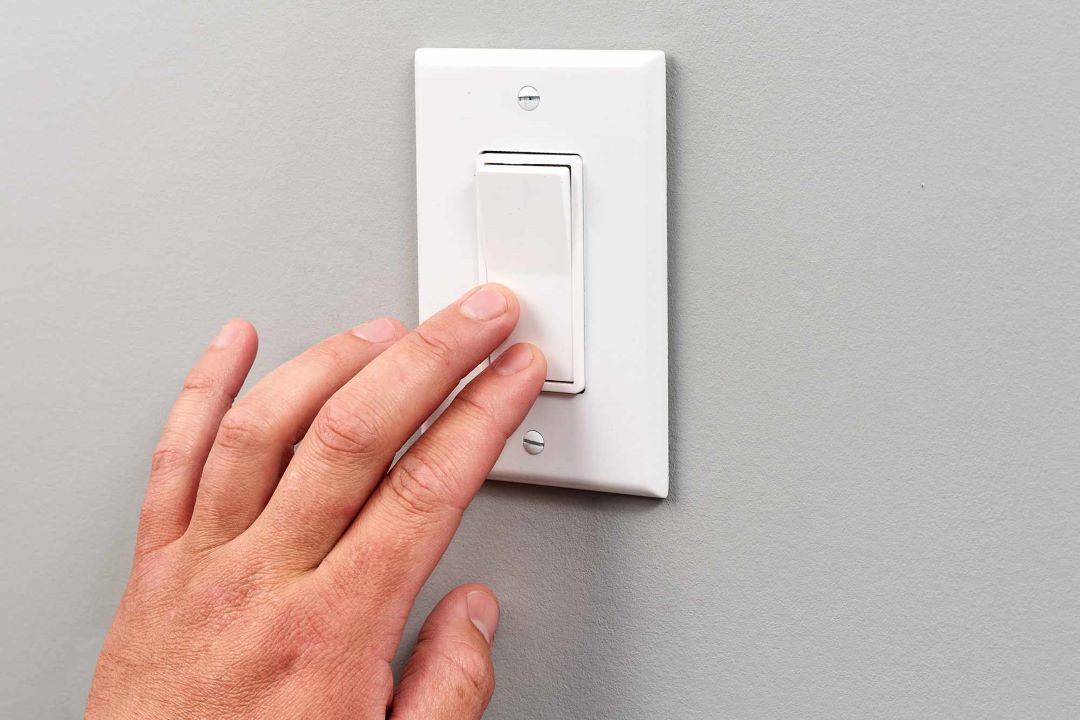
What type of switch is commonly used for lighting?
For lighting, the single pole switch is commonly used. This type of switch controls light fixtures by connecting or disconnecting power to the lights.
It has two terminal screws; when the switch is pressed or toggled, the circuit is completed, allowing electricity to flow and the light to turn on. Single pole switches are ideal for controlling a single light or a group of lights connected to the same circuit.
They do not connect directly to other devices nor have output terminals for multiple control points, making them straightforward and efficient for everyday use in residential and commercial room settings.
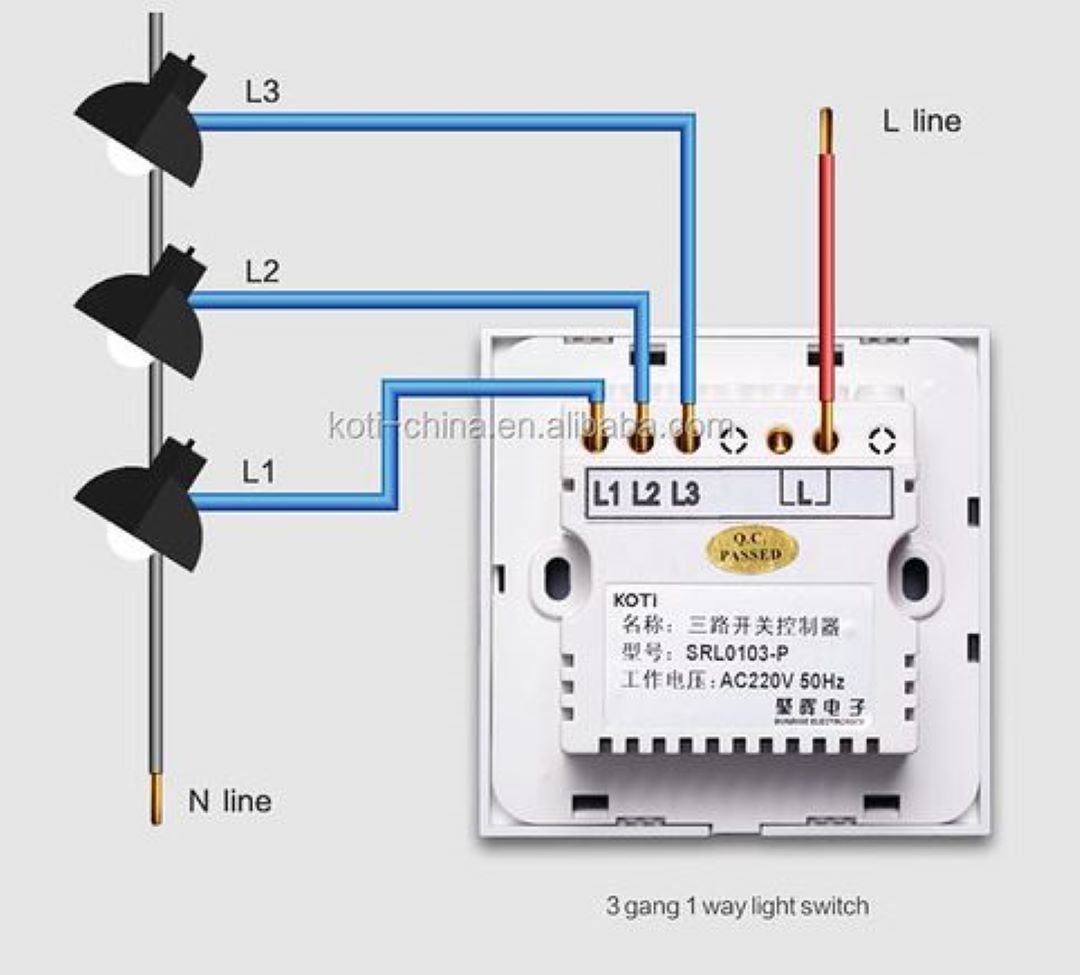
What are L1, L2, and L3 on light switches?
On light switches, the L1, L2, and L3 wire(s) refer to the Load wires and they carry power from the switch to the light.
In electrical, a switch socket is the electrical switch and socket installed on the wall. It is used to connect and disconnect the electric circuit. The L hole in the switch socket should connect to the L (line/ live) wire. However if a switch is present, there will be a L1 hole terminal. This L1 (Load) hole will be connected to the L hole of the switch socket which you can use the switch to control the socket.
Each terminal corresponds to a different wire or set of wires that connect to the lights, ensuring that power is appropriately distributed.
Both 1 way and 2 way switches play a different role in controlling electrical stuff. Understanding what is the difference between a 1 way and 2 way switch and how a 2 way switch wiring works help you get why L1, L2, and L3 matter on light switches.
L1 generally connects to the first set of lights, L2 may connect to another, and L3 could be used for an additional set or for another function within more complex lighting systems.
Where to buy electrical switches in Singapore?
In Singapore, you can buy electrical switches from reputable vendors such as Schneider Electric, RS-online, or Kim Siah Electric Co. ensuring you get the best electric switch for home and for your needs.
Whether you're updating older homes or outfitting new constructions, these electrical switch Singapore vendors offer everything from the basic terminal flip switches to different types of advanced light switches.
Look for light switch Singapore stores that specialize in electrical wiring, latest light switches, and cool light switches as well as online light switch marketplaces that provide a wide range of light switches suitable for any application.